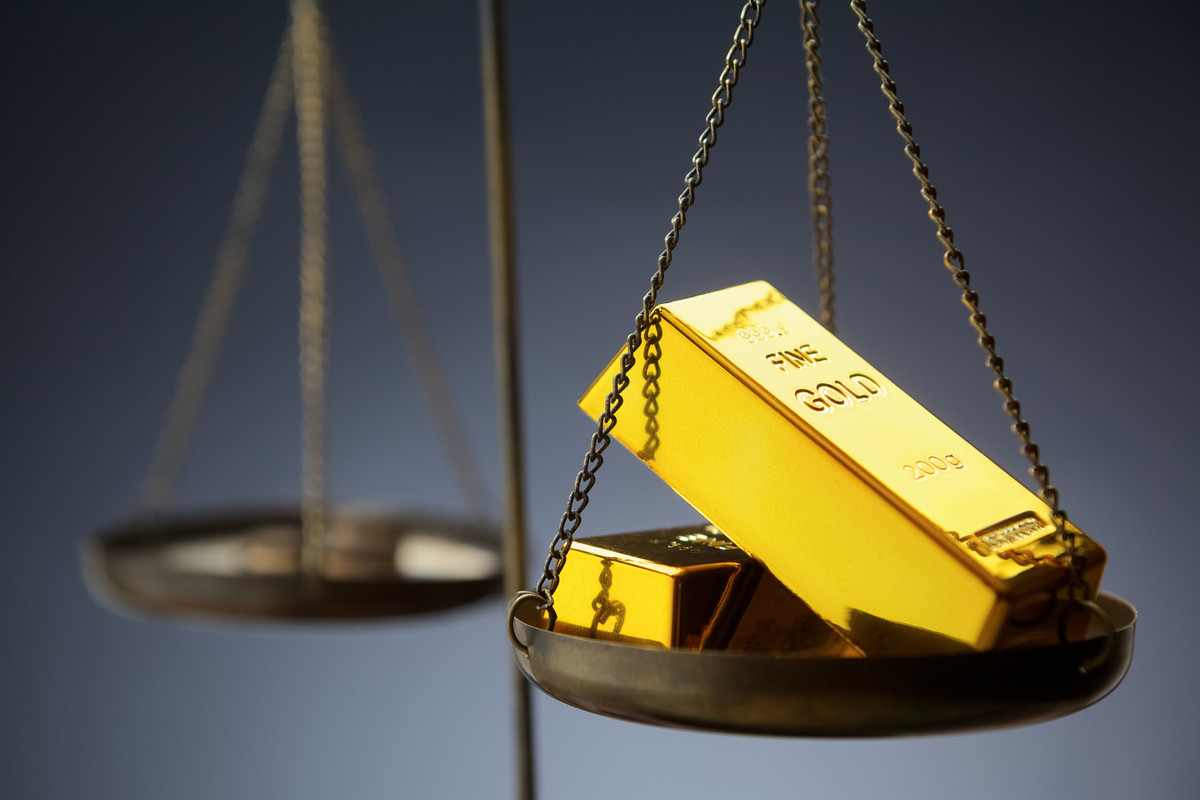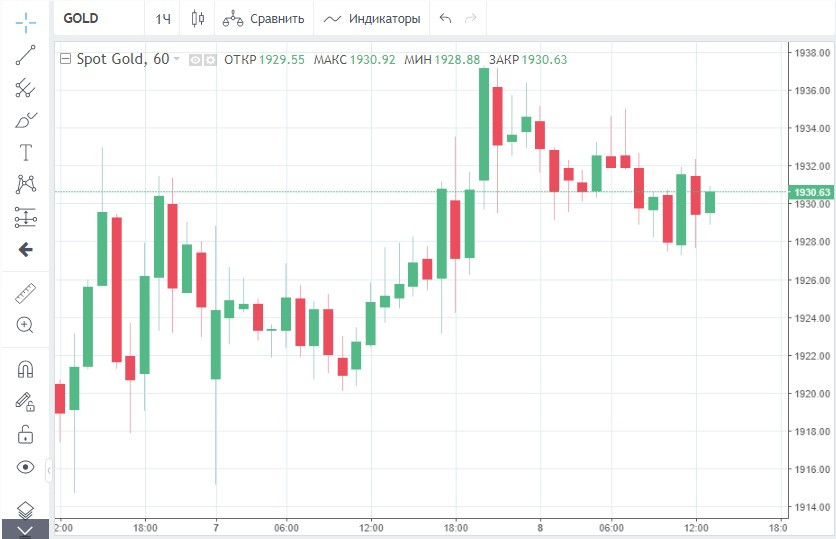
Gold prices continue to oscillate. It is not clear yet what trend the prices will eventually follow. Will they rise amid the current geopolitical situation or collapse under the pressure of macroeconomics?
On Thursday, the precious metal closed with an increase after two weak sessions. The bullion rose by 0.8%, or by $14.70, to $1,937.80. This was the highest price of this week.

Gold jumped as market participants once again focused their attention on geopolitics. The conflict between the West and Moscow is undergoing another wave of escalation.
Yesterday the UN General Assembly excluded Russia from membership in the Human Rights Council. This decision was prompted by a recent statement by the Ukrainian authorities regarding the involvement of Russian troops in the killing of civilians in the Kyiv region. Despite the fact that the Russian army's guilt has not been proven, the UN members voted against Russia.
On Thursday, the US Senate held another vote concerning Russia. The US lawmakers decided to terminate regular normal trading with Moscow.
With the news of Russia being disqualified from the "most favored nation" status, inflation fears have risen. In response, gold, being a hedging asset against inflation, responded with strong gains.
However, judging by today's prices, the market has not received bullish sentiment yet. On Friday morning, gold prices showed strong fluctuations.
At the same time, the geopolitical risks increase the attractiveness of gold as a safe-haven asset. On the other hand, the hawkish stance of the US Federal Reserve limits growth of the bullion.
Investors today are assessing comments made by James Bullard, president, and CEO of the Federal Reserve Bank of St. Louis. Yesterday, he said that the central bank was not yet in full control of inflation. Against this background, there is a high probability that the regulator will raise interest rates rather sharply.
The Fed's more aggressive monetary policy measures strengthen the US dollar. The greenback is now moving steadily toward the psychologically important level of 100.00, which is also a strong obstacle to gold's ascent.
Analysts believe that the price of the precious metal in the short term will continue to be determined by confronting forces: geopolitics and macroeconomic data.
According to many experts, the conflict between Russia and Ukraine will not be resolved diplomatically in the near future.
The ongoing crisis in Eastern Europe is expected to exacerbate inflation fears and support demand for gold, but only for a short time. The bullish trend in US 10-year bond yields hints that gold's medium-term trend should be downward.
Analyst Ipek Ozkardeskaya predicts that as yields continue to rise, we could see a steady drop in gold prices to the area of $1,800 - $1,820, which includes the 200-day moving average.
 English
English 
 Русский
Русский Bahasa Indonesia
Bahasa Indonesia Bahasa Malay
Bahasa Malay ไทย
ไทย Español
Español Deutsch
Deutsch Български
Български Français
Français Tiếng Việt
Tiếng Việt 中文
中文 বাংলা
বাংলা हिन्दी
हिन्दी Čeština
Čeština Українська
Українська Română
Română

